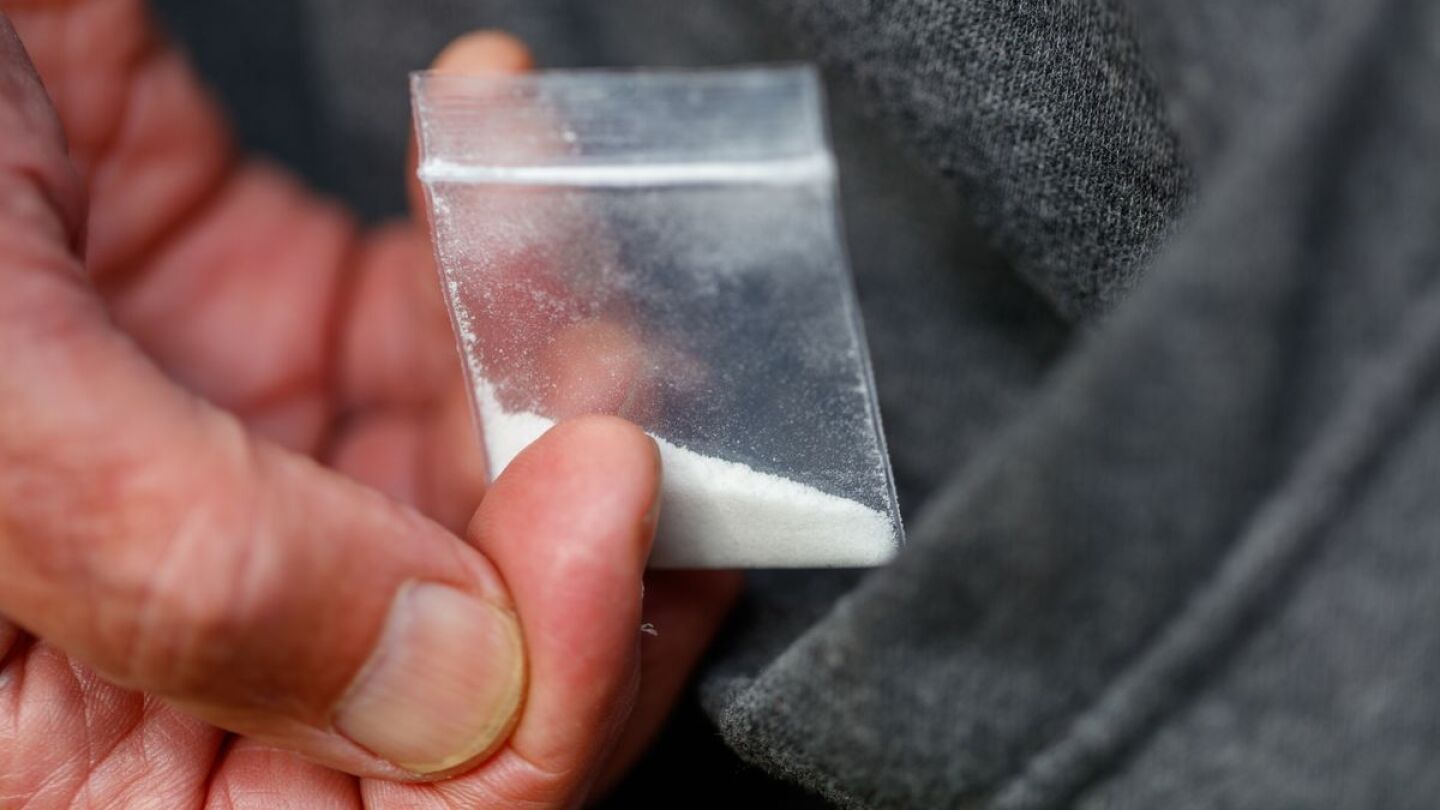At least 10 infants, and possibly more than 12, have been identified with what doctors suspect is a novel syndrome linked to exposure to fentanyl during pregnancy.
All these babies exhibit distinct physical birth defects, such as cleft palate and unusually small heads. There is no identified common genetic cause among them; all were born to mothers who reported using street drugs, particularly fentanyl, while pregnant.
“This is concerning,” stated Dr. Elizabeth Cherot, President of the March of Dimes. “As these shared characteristics emerge, we may be uncovering a genuine syndrome.” Cherot has not directly treated any of these infants.
The discovery was initially made when six infants were identified at Nemours Children’s Health in Wilmington, Delaware, with additional cases in California (two infants), and one each in Massachusetts and Rhode Island.
Erin Wadman, a genetic counselor at Nemours, and her team recently published their findings in Genetics in Medicine Open.
The realization came in August 2022 during a consultation involving a baby born with these birth defects. “As I sat there in the appointment, I had this feeling of familiarity.
The story and appearance reminded me of other cases I had seen earlier that year,” Wadman explained. “That’s when we began to suspect we might be onto something significant.”
In addition to cleft palate and microcephaly (small heads), these infants commonly exhibit drooping eyelids, upturned noses, underdeveloped lower jaws, inwardly-pointing feet, and webbed middle toes.
Male infants may also have genital abnormalities. Some experience feeding difficulties, and their thumbs may be incompletely formed.
These physical similarities prompted comparisons to Smith-Lemli-Opitz syndrome by Wadman and Dr. Karen Gripp, a geneticist at Nemours. This genetic condition affects cholesterol metabolism, crucial for normal cellular and brain development.
However, genetic testing ruled out Smith-Lemli-Opitz syndrome or any other known genetic variants associated with these birth defects. Instead, Wadman and Gripp suspect that fentanyl may disrupt cholesterol metabolism similarly during fetal development.
“While direct testing of fentanyl’s impact on cholesterol metabolism hasn’t been conducted, biological plausibility suggests it may affect this process in developing fetuses,” the researchers noted in their report.

All infants tested positive for fentanyl exposure at birth, suggesting significant exposure throughout pregnancy.
Nonetheless, Wadman stressed that more research is needed to confirm these findings, including determining whether fentanyl alone, or potentially contaminants within it, are responsible.
Dr. Karoly Mirnics, director of the Munroe-Meyer Institute at the University of Nebraska Medical Center, plans to investigate further.
His research will look into whether the observed effects stem from fentanyl itself or other factors, such as the amount of drug reaching the fetus or genetic interactions.
While fentanyl use among pregnant women has risen, there is no indication that birth defects are increasing.
However, substance abuse during pregnancy, particularly from illicit drugs, is linked to serious risks like preterm birth and neonatal complications.
As research continues, clinicians like Dr. Howard Saal from Cincinnati Children’s and the University of Cincinnati, along with Dr. Ahmed Ahmed from the Cleveland Clinic, are reflecting on similar cases they’ve encountered.
They emphasize the need for caution and counseling regarding potential risks associated with drug use during pregnancy.
The identification of this syndrome underscores the ongoing public health challenges posed by substance abuse during pregnancy.
It also highlights the need for further research into understanding these birth defects and mitigating risks for future pregnancies.
For families like Lindsay Carlisle’s, who adopted Sammy, one of the infants described in the Nemours report, the path forward remains uncertain but hopeful.
Sammy, who faces multiple developmental challenges, embodies the complexities and resilience observed in these infants.
“I promised him I would give him the very best life,” Carlisle said. “He’s just magical.”
